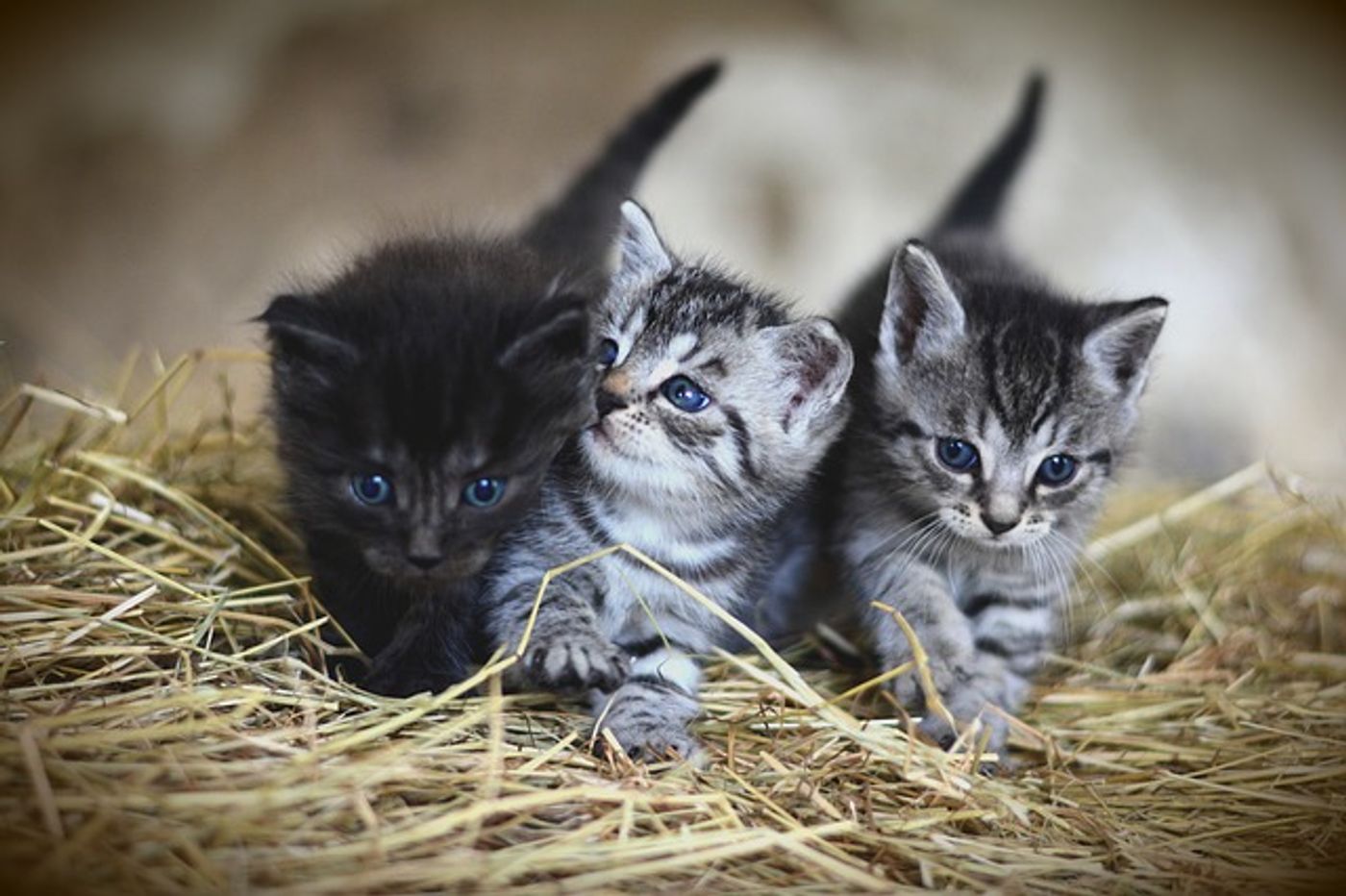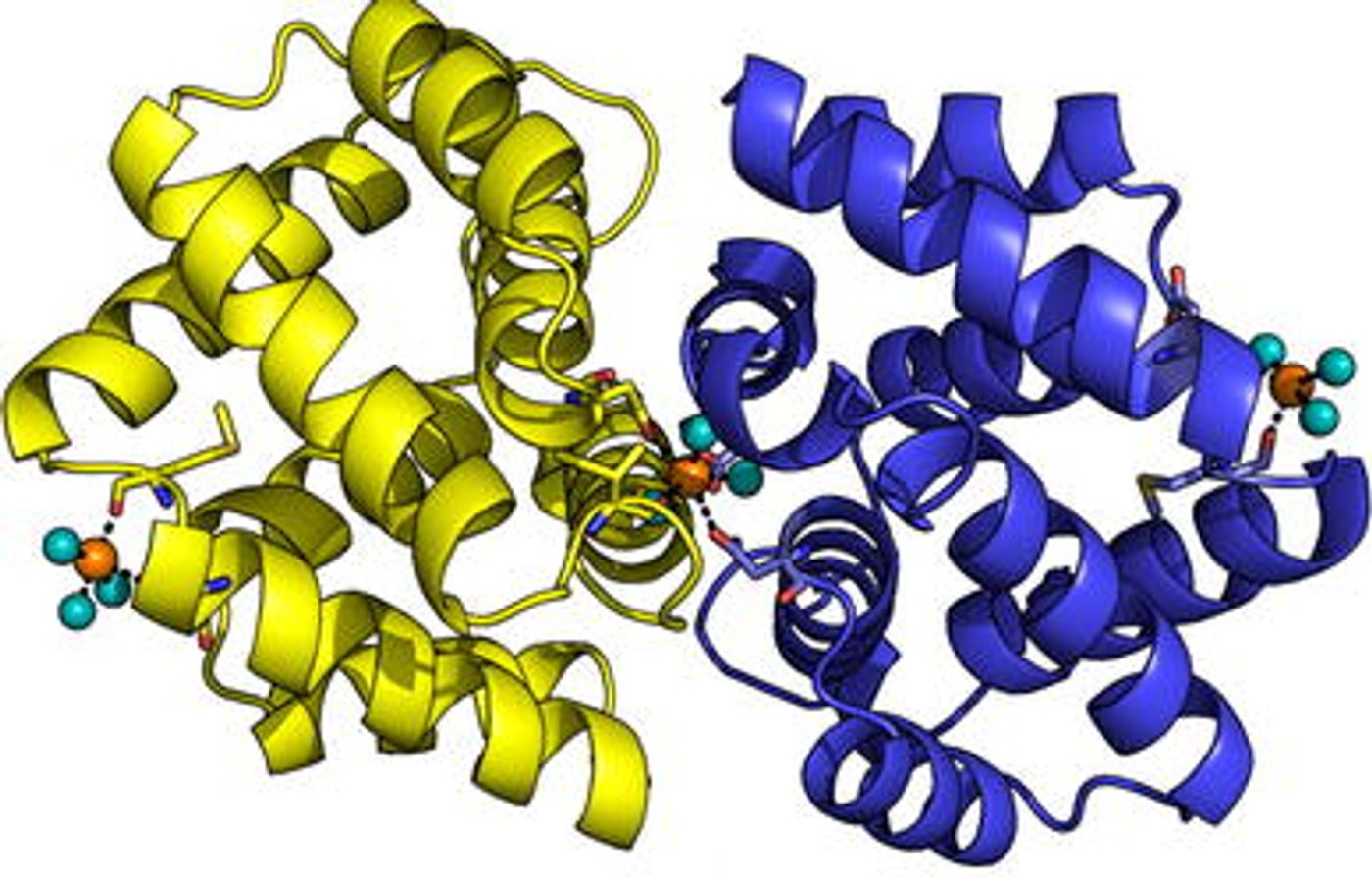A Food Additive Could Make Your Cat Hypoallergenic
Pixabay Images
With 10-30% of the population reporting sensitivity to cat dander, you probably know someone with a cat allergy. That's why scientists at Nestlé Purina PetCare Company are developing a food additive that neutralizes a protein, Fel d1, which is responsible for 95% of allergic reactions to cats.
Fel d1 is a protein produced in cats' saliva, skin, and urine that causes almost all allergic reactions in humans. The protein is transported from the saliva to the cat's fur when they clean themselves. It is further transported after dandruff falls off the cat, onto other surfaces. The approach at Purina is to develop an additive to cat food that will bind with Fel d1 proteins so the protein cannot bind to antibodies in humans. Once the protein is occupied with the food additive, it cannot irritate human immune cells.
Purina conducted a small trial with 20 cats on a strictly controlled diet, and 11 people allergic to cats. For one week the cats were fed the same diet to regulate their Fel d1 production, then half of the cats received the Fel d1-neutralizing food additive for an additional four weeks. People exposed to the cats after the four-week-long special diet did not experience symptoms as severe as exposure before the diet. It is unclear if the food additive is a long term solution because Fel d1 is a "sticky" protein, meaning it accumulates over time.
Fel d1 protein structure from Bonnet et al.
Humans are the only species affected by the Fel d1 protein, which makes testing solutions to the irritant a challenge. Scientists do not want to eliminate the protein production in cats because the function of Fel d1 is unknown, and could be tied to other important pathways. Developing a neutralizing food additive will allow the cats to continue producing the protein as normal, but about half of the protein produced will be undetected by the human immune system. Reducing the number of antigens that irritate human immune cells would reduce the frequency and severity of allergic reactions to cats.
Purina is hardly the first to try and develop a solution to cat allergies. Another new solution to severe cat allergies is exposing a patient to dander incrementally. In some patients, this method greatly reduces respiratory and skin reactions. However, the molecular composition of dander is difficult to standardize which causes severe side effects in other patients. Injection treatments like Allervax CAT passed clinical trials, but come with a host of side effects. Scientists have ruled out the development of an oral medication because the medication would be metabolized before it could reach the Fel d1 antigen.
Purina hopes to test for more long term effects, and eventually approve a cat food additive.
Sources: Bonnet et al., Satyaraj et al. (Purina), Satyaraj et al. (Purina), Kaiser et al., ScienceNews










